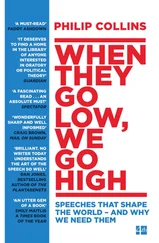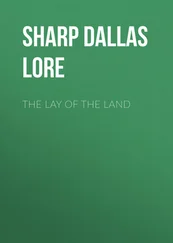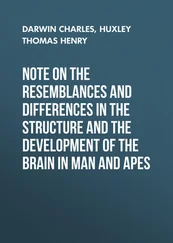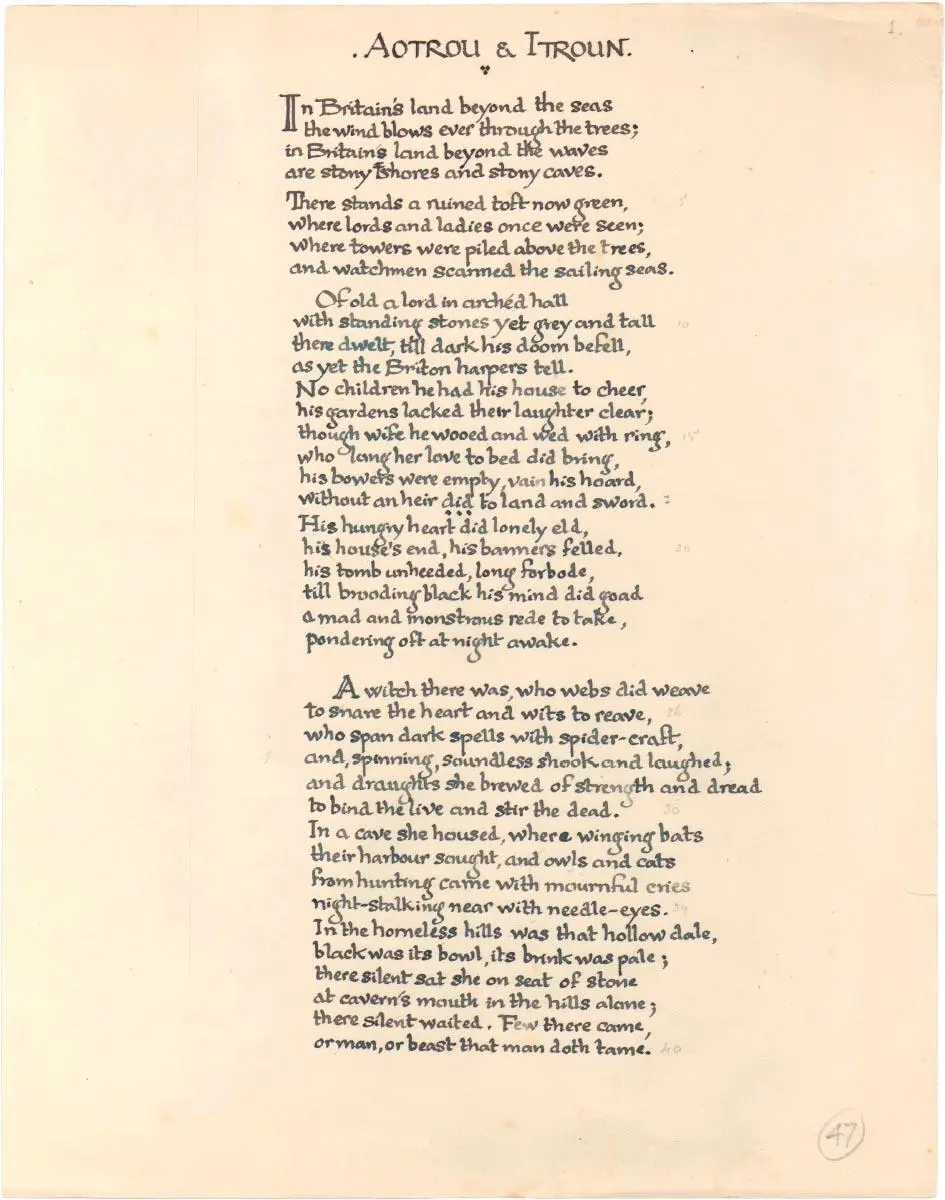
‘Aotrou & Itroun’ first folio of the manuscript.
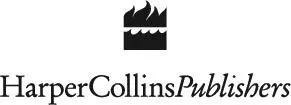
Published by HarperCollins Publishers Ltd
1 London Bridge Street
London SE1 9GF
www.tolkien.co.uk
www.tolkienestate.com
First published in Great Britain by HarperCollins Publishers 2016
All texts and materials by J.R.R. Tolkien © The Tolkien Trust 1945, 2019
Note on the Text © Christopher Tolkien 2019
Introduction, Notes and Commentary © Verlyn Flieger 2019
 ® and ‘Tolkien’® are registered trade marks of The Tolkien Estate Limited
® and ‘Tolkien’® are registered trade marks of The Tolkien Estate Limited
The Proprietor on behalf of the Author and the Editors hereby asserts their respective moral rights to be identified as the authors of the Work.
All manuscript and typescript pages reproduced courtesy of the Tolkien Trust.
A CIP catalogue record for this book is available from the British Library
All rights reserved under International and Pan-American Copyright Conventions. By payment of the required fees, you have been granted the non-exclusive, non-transferable right to access and read the text of this e-book on screen. No part of this text may be reproduced, transmitted, down-loaded, decompiled, reverse engineered, or stored in or introduced into any information storage and retrieval system, in any form or by any means, whether electronic or mechanical, now known or hereinafter invented, without the express written permission of HarperCollins.
Source ISBN: 9780008202156
Ebook Edition © November 2016 ISBN: 9780008202149
Version: 2019-05-01
‘The fear of the beautiful fay that ran through the elder ages almost eludes our grasp.’
J.R.R. Tolkien ‘On Fairy-stories’
Contents
COVER
TITLE PAGE
COPYRIGHT
EPIGRAPH
LIST OF PLATES
NOTE ON THE TEXT
INTRODUCTION
PART ONE: THE LAY OF AOTROU AND ITROUN
The Lay of Aotrou and Itroun
Notes and Commentary
PART TWO: THE CORRIGAN POEMS
Introduction
‘The Corrigan’ I
Notes and Commentary
‘The Corrigan’ II
Notes and Commentary
PART THREE: THE FRAGMENT, MANUSCRIPT DRAFTS AND TYPESCRIPT
The Fragment
The Manuscript Drafts
Aotrou & Itroun fair copy manuscript
Notes and Commentary
The Typescript
Commentary
PART FOUR: COMPARATIVE VERSES
Comparative Verses
Opening verses: Breton, French, English; Tolkien
Closing verses: Breton, French, English; Tolkien
FOOTNOTES
WORKS CITED
ACKNOWLEDGEMENTS
WORKS BY J.R.R. TOLKIEN
ABOUT THE PUBLISHER
| ‘Aotrou & Itroun’ first folio of the manuscript |
frontispiece |
1. ‘The Corrigan’ I, first folio of the manuscript.
2. ‘The Corrigan’ II, first folio of the manuscript.
3. The fragment.
4. ‘Aotrou & Itroun’, first folio of the manuscript.
5. ‘Aotrou & Itroun’, first page of the typescript.
The Lay of Aotrou and Itroun was once previously printed, in The Welsh Review, Vol. IV, no. 4, December 1945. There are three texts of the poem extant (but no original workings). The first is a good but incomplete manuscript that was apparently overtaken by the second text (very little changed from the first), a fine fair copy on which my father wrote at the end a date: Sept. 23 1930. This is notable, for dates on the fair copy manuscript of The Lay of Leithian run consecutively for a week from September 25, 1930 (against line 3220), while the previous date on the manuscript is November 1929 (against line 3031, apparently referring forwards). Clearly then Aotrou and Itroun interrupted the composition of Canto X of The Lay of Leithian.
The third text is a typescript of the manuscript, incorporating a relatively small number of corrections that had been made to it; this typescript is closely similar to that of The Lay of Leithian, and certainly belongs to this time. Both use the same mode of typing direct speech in italic. Subsequently the typescript was heavily revised, with more than a quarter of the original lines undergoing minor change or complete rewriting: but none of these revisions alter the narrative. My father visited Aberystwyth as an examiner in June 1945 and left with his friend Professor Gwyn Jones several unpublished works, Aotrou and Itroun, The Homecoming of Beorhtnoth, and Sellic Spell. This led to the publication of Aotrou and Itroun in The Welsh Review, of which Gwyn Jones was the editor, at the end of that year, at the editor’s request.
There are a few discrepancies between the text printed in The Welsh Review and the typescript which I feel sure was its basis. Nearly all of these are insignificant points of punctuation and spacing. The title in the typescript is Aotrou and Itroun (‘Lord and Lady’). A ‘Breton Lay.’
It is to be noted that it is incorrect to say that Aotrou and Itroun ‘is in alliterative verse, and also incorporates a rhymescheme’ (Humphrey Carpenter, Biography, p. 168). The poem is in octosyllabic couplets, in style closely related to The Lay of Leithian, and alliteration is decorative, not in any way structural, though here and there it becomes very marked:
In the homeless hills was her hollow dale,
black was its bowl, its brink was pale;
there silent on a seat of stone … 1
But the Lay of Aotrou and Itroun has a longer history, being in fact a development from the second part of a composite poem called The Corrigan (a Breton word meaning ‘fairy’), which is also given here. There is no evidence for the date of The Corrigan, though it seems unlikely that any long interval separated it from Aotrou and Itroun.
A pencilled note to the first part of this poem says that it was ‘suggested by “Ar Bugel Laec’hiet”, a lay of Cornuaille’ (in Brittany). The metre of the second part, though distinct from that adopted for Aotrou and Itroun, is not so distinct that lines from it could not be taken up into the second work (and in fact there are more such in the earlier versions of Aotrou and Itroun, rejected in the final revision); but the tale is told in a different manner, and contains no suggestion of the essential element in Aotrou and Itroun that the lord was childless, that he went to a witch to obtain her aid, and that she was the fairy of the fountain.
CHRISTOPHER TOLKIEN
Конец ознакомительного фрагмента.
Текст предоставлен ООО «ЛитРес».
Прочитайте эту книгу целиком, купив полную легальную версию на ЛитРес.
Безопасно оплатить книгу можно банковской картой Visa, MasterCard, Maestro, со счета мобильного телефона, с платежного терминала, в салоне МТС или Связной, через PayPal, WebMoney, Яндекс.Деньги, QIWI Кошелек, бонусными картами или другим удобным Вам способом.
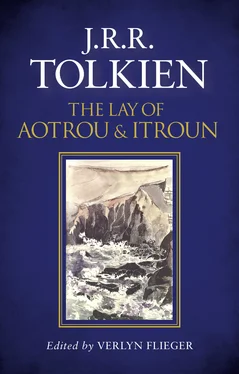

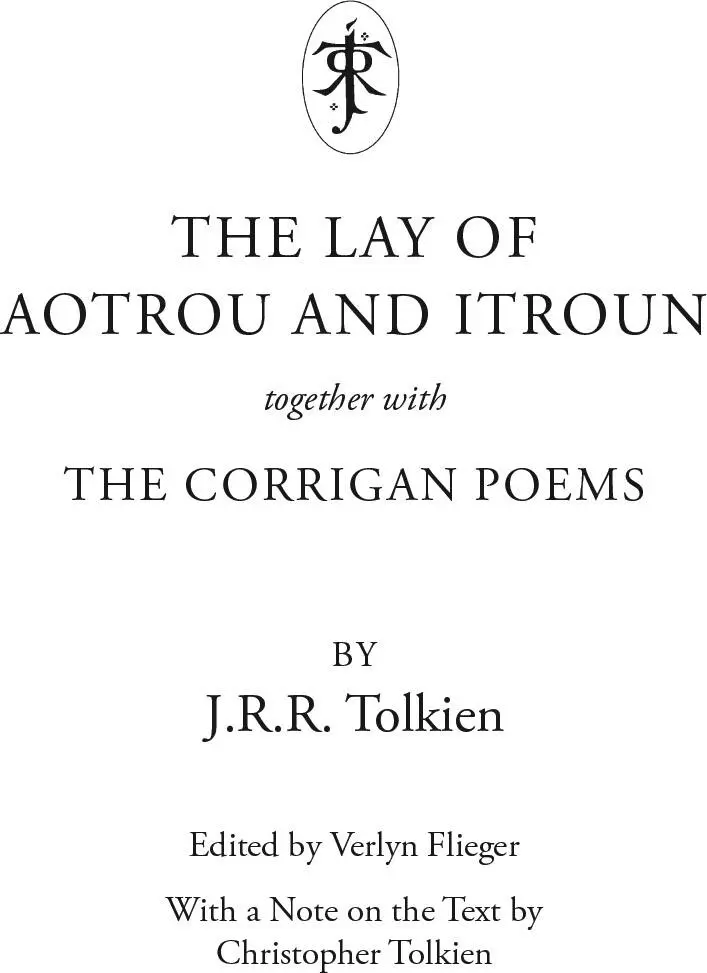

 ® and ‘Tolkien’® are registered trade marks of The Tolkien Estate Limited
® and ‘Tolkien’® are registered trade marks of The Tolkien Estate Limited


